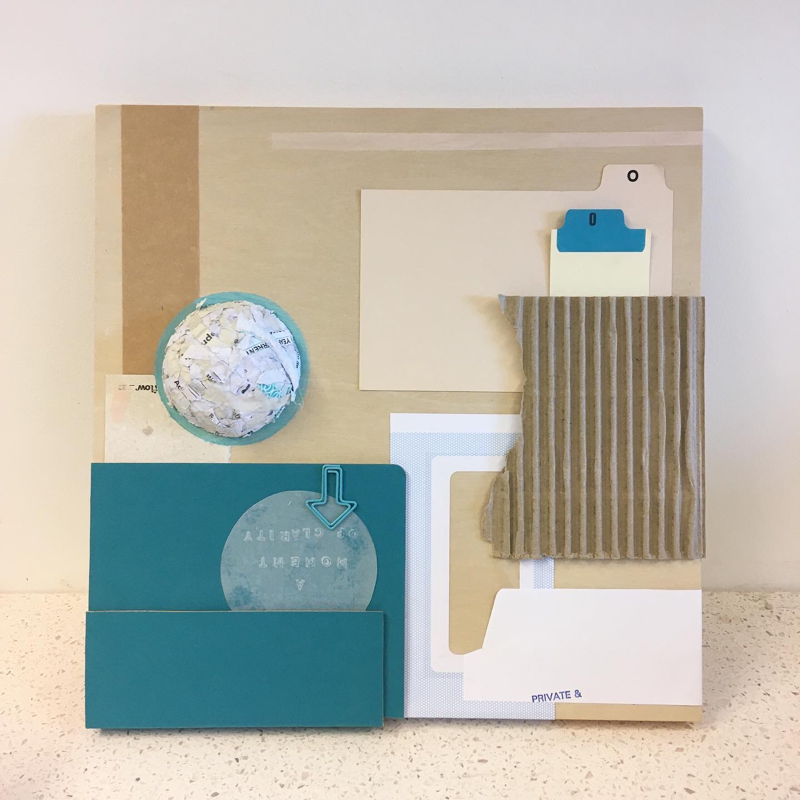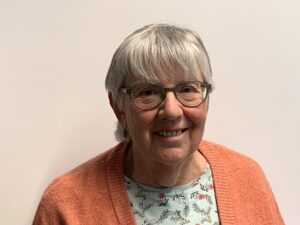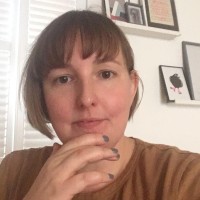
In this first blog entry we talk to two members of the public working with a team of researchers, helping with this new piece of work, CAVEAT (Community and Voluntary organisation Evaluation Toolkit). Sarah and Ros, who are part of the Advisory group, talk about why they wanted to get involved, what their contribution to the research has looked like so far and what their hopes are for this project,

Kat Frere-Smith
I think it is safe to say that all of us know of someone who was supported by volunteers throughout the pandemic.
Many charitable and not-for-profit organisations and their volunteers support our overstretched health and social care sectors, by providing services that support people’s health and wellbeing. This might be through providing social activities or practical help, such as offering transport to hospital appointments.
Alongside this, GP surgeries have taken on staff in ‘social prescriber’ roles, whose jobs are to connect patients to charities and organisations that can support their health and wellbeing.
Voluntary sector organisations are so important, and yet, many are struggling as they face extreme challenges due to underfunding.
Here, we talk to two members of the public working with a team of researchers from the University of Kent, Brighton and Sussex Medical School and the University of Surrey, who are hoping to try and do something to help…
Some background information…
In the first lockdown, the research team carried out a study looking at community-based volunteering in response to COVID-19 (this study was called the COV-VOL project). Unsurprisingly, they found that VCSE (voluntary, community and social enterprise) organisations provided services which had a positive effect on the physical, social and mental wellbeing of older people.
However, they also discovered that few organisations were able to highlight the impact their services had on individuals. Most weren’t recording the difference their work had made to the lives of those they helped, or how the volunteers felt about being involved. They didn’t ask the health and social care practitioners they worked with how their services affected their roles. As national associations for charities and voluntary organisations, such as the National Council for Voluntary Organisations (NCVO), highlight the importance of robust evidence to demonstrate impact*, we wondered why some voluntary organisations did not record the effect their valuable services had in their local communities and to individuals’ lives.
In response, the research team are now working on developing and testing a user-friendly ‘toolkit’, or set of resources, that aims to assist small and medium VCSE organisations to demonstrate the range of their activities and the value of their services. Its aim is that it will help the organisations to collect and record data and information which will allow them to measure certain outcomes. It will guide them in monitoring and reporting on their activity and impact. The hope is that this will help them to provide a case for securing ongoing and further funding, therefore contributing to the sustainability of the VCSE sector. The data collected through the toolkit will also hopefully strengthen the VCSE sector, by enabling internal reviews and audits for planning and quality improvement purposes.
This new piece of work is called the CAVEAT project (which stands for Community and Voluntary organisation EvAluation Toolkit). Sarah and Ros are part of the Advisory group for the CAVEAT study. Below, they talk about what that means, why they wanted to get involved, what their contribution has looked like so far and what their hopes are for this project…
Why did you want to get involved?

Ros: I applied to work on this project for a number of reasons. Firstly, I have worked in the voluntary sector, as a volunteer, an employee and trustee and therefore understand some of the issues being faced. I feel concern about the future of volunteering, because as the retirement age increases future cohorts will have less spare time than my generation have had. Secondly, due to my experience as a medical social worker with elderly people, and as I am now in my 70s myself, I feel I am able to put forward viewpoints for this age group.
As an ex lecturer in education, health and social care, I have much experience in evaluation, which I believe is the key factor in this research. Finally, I am aware of the help that many people in my age group became dependent upon during the recent pandemic, and that for many the help needs to be an ongoing part of their lives, in order to allow them to remain independent.

Sarah: After hearing Julie’s presentation about CAVEAT to Kent University’s ‘Opening Doors’ group, I was captivated by her passion and commitment to change and really wanted to work with her. I have previous experience of volunteering on a steering group, for a gallery, which was a really positive experience for me and changed my aspirations around working in this way.
In my own practice, I work as an artist-researcher, meaning that I use creativity as a tool for exploration and to facilitate public engagement on academic research projects. I also aim to bring research to a wider audience, by making it accessible. In turn, I hope that more members of the public might get involved in and shape research. As an artist, I know little about social prescribing, however, and am interested to find out more. I can also see parallels with the way in which arts funding works, so I wanted to explore this more. Perhaps more importantly, I have an ongoing commitment to sharing the value of the arts and creative thinking, therefore, an interest in measuring outcomes and evaluating non-tangible but important things – what do we value and why? This is so closely linked in to the questions that CAVEAT is asking.
I also have a background in graphic design which makes me passionate about making tools like CAVEAT user-friendly, accessible and inclusive but at the same time beautiful, in order to attract people to them. I’m interested in the creative ways in which the tool could be widely shared with people who might benefit from using it.
What does it mean to be part of the Advisory group for the CAVEAT study?

Ros: So far, I have checked written documents, attended meetings and acted as a critical friend, making what I hope is constructive criticism. I have made some suggestions to the team and as someone of retirement age myself, I feel able to contribute viewpoints from people of the same age. I think that as this study is focussing on services for the older generation this is important. I am very much enjoying being a public advisor on the CAVEAT project and working with a supportive group of researchers.

Sarah: Being a part of the advisory group for CAVEAT makes me feel listened to and heard. It is empowering to feel equal and to think that I may be helping towards making change for the better. As a neurodivergent human, feeling like an insider when it often feels like the system is ineffective and a barrier to you, I am given a sense of hope, knowing that there are people who are passionate about driving change. This helps with my mental well-being.
I am also interested in why certain work has to be voluntary, as opposed to being paid. Certain important activities in society are underfunded and not given equal importance as others, which I feel is unjust.
What are your hopes for this project?

Ros: It is extremely important for the voluntary sector to have some means of assessing and evaluating their work, not least because funding seems to be increasingly dependent on measuring outcomes. This is problematic as much of their work is subjective and involves qualitative assessment rather than just numbers. This is where I feel so positive about this project and how valuable I am sure it will be.
This is an important role for public involvement in research. Hopefully we can contribute to what actually happens out there in the real world.
I feel very optimistic about the outcome of the project, as at this early stage there has been a great deal of interest shown in it, which goes to prove how necessary this toolkit is to the future of the voluntary sector.

Sarah: I hope that CAVEAT will help to equal out the playing field when it comes to funding in the VCSE sector. I hope it saves the sector time and money, which they can instead put into work on the ground.
CAVEAT will delve into measuring systems and raise questions around how we can develop a more person-centered and holistic approach to evaluating outcomes, which puts the experiences of individuals at the helm.
I believe that CAVEAT has the capacity to make people outside of the VCSE sector recognise the importance of voluntary work. CAVEAT has the power to highlight the fact that services in the voluntary sector often meet important needs that aren’t being met elsewhere. It will potentially even allow us to highlight these gaps, looking at what they are and how can we better fill them.
Want to find out more?
Anyone reading this blog piece who’d like to find out more about how to get involved in research locally should visit the ‘Getting Involved’ page on the ARC KSS website.
Or the Kent University Centre for Health Studies Public Engagement pages Opening Doors Research Group.
Written by Sarah Carpenter and Ros Clark, PCIE members on the CAVEAT Advisory board and Kat Frere-Smith, PCIE Lead for CAVEAT.